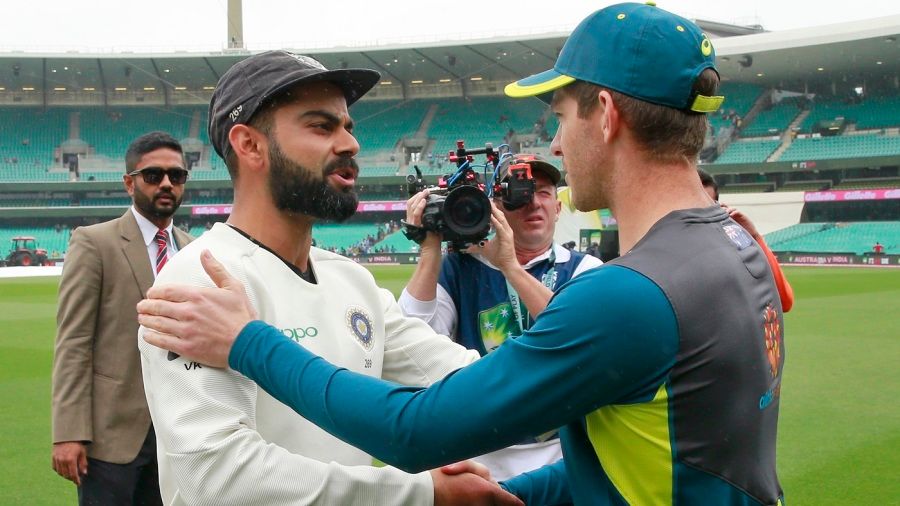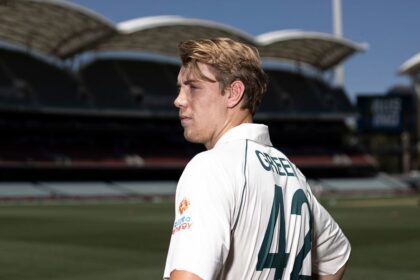Australia and India: A Duel at Adelaide Oval Amid Uncertainty
In a year marked by the Covid-19 pandemic, Australia and India prepare to face each other on the same stage where they began their last encounter in 2018: the emblematic Adelaide Oval. The iconic scoreboard and Moreton Bay trees at the northern end of the ground offer a sense of continuity inherent in Test match cricket, a stunning backdrop for Tim Paine and Virat Kohli’s teams in India’s first day/night Test away from home. This encounter between two of the most powerful cricket nations promises to be memorable, especially considering the challenges they faced to make the series happen. Since 1999, Australia and India have contested 12 Test series, the same number of Ashes series that Australia has played against England in the same period. However, this year, the series’ realization was in doubt due to global circumstances. During the difficult months of March, April and May, when the world of sport stopped, the possibility of the series not happening was real. Despite the good will between Cricket Australia and the BCCI, the obstacles to organizing the matches were significant. The challenges for CA’s interim CEO, Nick Hockley, and chairman Earl Eddings, included finding a port of entry for the charter plane carrying the visiting team. Initial plans to land in Perth were modified to Adelaide and then to Brisbane, before Sydney, Canberra, the New South Wales government and the SCG Trust were finally decided upon. The negotiation with the Queensland government was tense and ultimately unsuccessful. Even after the arrival of the Indians, there was a possibility that a Covid outbreak in Adelaide would alter the series. For a long time, Adelaide Oval was scheduled to host at least one Test match, possibly two, due to the extensive lockdown in Melbourne which generated uncertainty about Boxing Day until October. However, an outbreak in South Australia forced a brief lockdown to be implemented and other options were considered, such as starting the series with a day/night Test at the MCG and then playing a more traditional match starting on December 26. Damian Hough, the curator of Adelaide Oval, who has managed rock concerts and football scheduling changes, has prepared a pitch for a test match with a Christmas parade as a prelude instead of the Sheffield Shield matches.Practice sessions in the center of the field represent a competitive advantage for the Australian players who arrived before those who played for Australia A against the Indians on a different surface at the SCG, something that Paine did not hesitate to highlight.“One thing we’ve learned with Covid is to live more in the present,” Hough said. “We like to plan months in advance. We still had plans, but we had to live the moment a little more.”
Damian Hough

Paine also highlighted the importance of having different options in the Australian attack to face Kohli, including different angles, speeds and the spin of Lyon and Marnus.“Everyone has big plans to get the best players out, don’t they?, but that’s why they’re the best, they can adapt, they can change with what you’re doing, and Virat is certainly one of the best players, if not the best player in the world,” Paine said.
Tim Paine
Instead of discussions about Covid protocols, border restrictions, and the financial impacts of the year, tactical conversations and plans for the test series are a respite. Paine, who values his cricket career, does not feel “bubble fatigue” and enjoys the situation, even mentioning that life in the bubble could even extend his career.
After a year full of challenges, this new chapter between India and Australia promises to be a vibrant and memorable sporting event.









